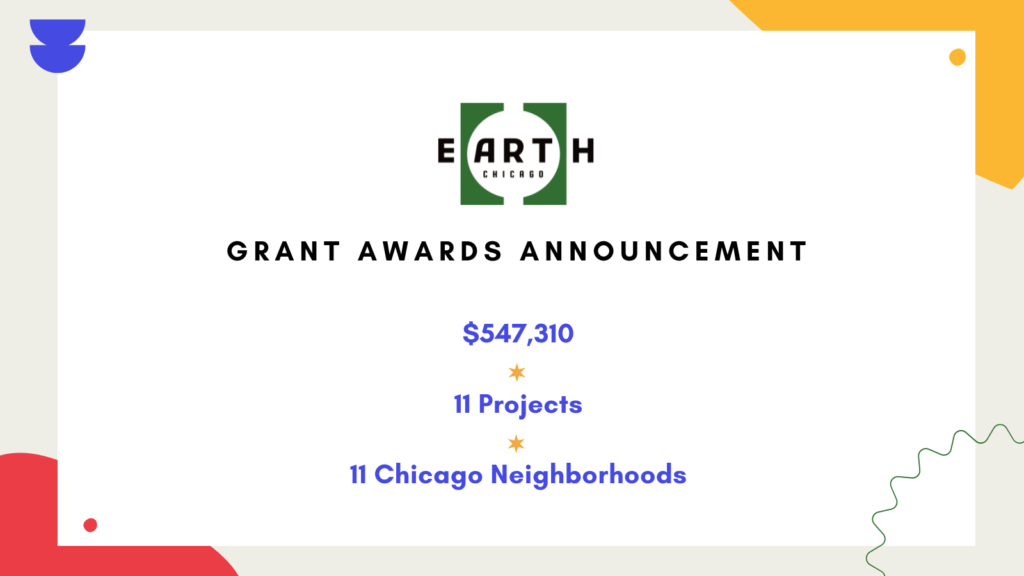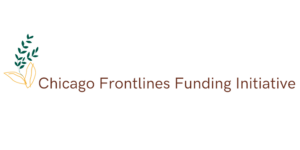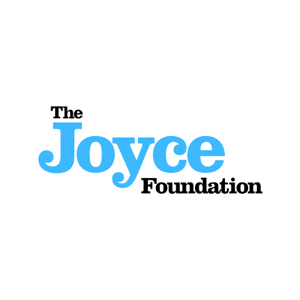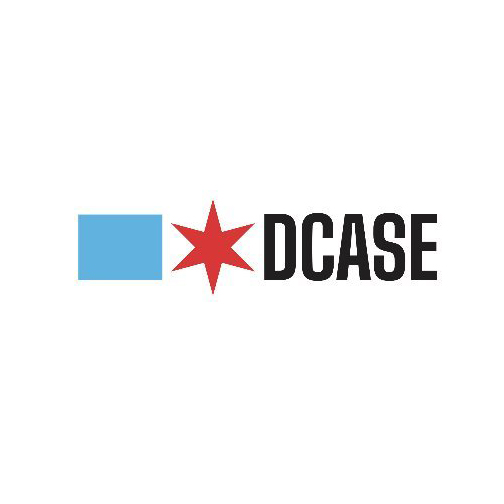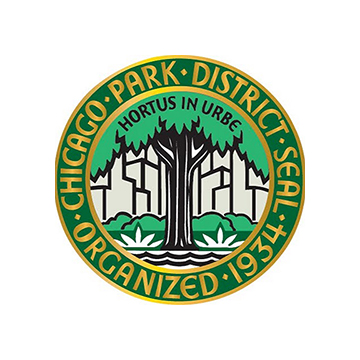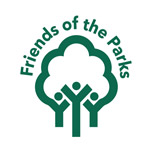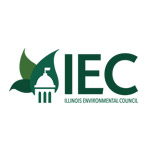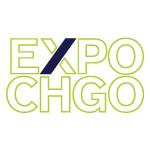CHICAGO – A path leading to the “House of Kapwa,” benches and other “communal assets” made from community-collected plastic trash, a community greenhouse with a mural depicting environmental victories, an earthen mound with native plants, a metal & mosaic structure that brings attention to environmental justice and lack of green space: All these and 6 more art projects will share $547,310 as part of E(art)H Chicago (pronounced Earth Art Chicago), aiming for June 2023 launch of the public arts project. A majority of the funds are supporting art in either communities facing environmental injustices or those with limited public art.
The Illinois Science and Energy Innovation Foundation, the originator and lead funder of the project, set out to stimulate community engagement on climate change and environmental justice with public art. Other funders include: Builders Initiative, The Joyce Foundation, the Chicago Frontline Funding Initiative and the Regeneration Fund.
Using Chicago as their canvas, the selected artists are tasked with raising awareness of key environmental issues in communities across the city to nurture urgency and inspire action in neighborhoods. Illinois Gov. J.B. Pritzker, Chicago Mayor Lori Lightfoot and Cook County President Toni Preckwinkle are honorary co-chairs of the initiative.
“We have a powerful lineup of projects,” said Uzma Noormohamed, Program Director, Illinois Science and Energy Innovation Foundation (ISEIF). “We set out to raise awareness, create dialogue and inspire action on climate change, natural resource use and environmental justice. The artists and organizations that we are funding have a history of doing just that. And the submissions we received centered on themes of healing, community, resiliency and hope. We believe this initiative will reverberate across the city for many years to come.”
Two projects will be located on the Southeast Side, one in McKinley Park, one downtown, one in the Albany Park community at Horner Park, one in Austin, one in Pilsen, one in Little Village and one on the South Side at several urban farming locations. There will be a mosaic, a documentary film, dance performances, sculptures, murals and land art.
Nearly 150 applications were submitted by the March 7, 2022 deadline, a review committee representing the arts and environmental sectors evaluated about 100 program criteria-passing applications, and 30 finalists from 19 neighborhoods were then interviewed by project staff members and art advisors.
The final 11 projects that have won awards include:
House of Kapwa $90,000, Downtown
Alexx Temeña and Andrea Yarbrough, steward of in care of Black women, will construct their project in a downtown location: with a ceremonial entryway to a free-standing structure. “The House of Kapwa is an interactive and ceremonial installation that represents the relationship between how we care for ourselves, how we care for each other, and how we care for the Earth,” Alexx said. “It is inspired by a calling to make visible the importance of care in our justice movements, to Rest and contend with our ecological grief, and to wake us up into a deeper relationality with the more-than human.”
During the June 2023 public programming period, there will be an opening gathering that incorporates elements of celebration and grief: music will accompany participants as they help weave flowers and foliage into the structure, which will lead into an intergenerational and multicultural grief ritual for the Earth. Other programming will feature interactions with healing practitioners, music meditations, and interactive art experiences.
Trail Tales (Project name subject to change) $7,560, Southeast Side
The Filament Theatre will produce a multi-sensory, bilingual theater piece for the Chicago region’s littlest audiences celebrating the natural world. Performances in Eggers Grove on the Southeast Side center children 18 months to three years and their caregivers.
Trail Tales will welcome toddlers and their grown-ups to explore Eggers Grove’s rich ecosystem of oak trees and migratory birds through story, song, and play. The piece will:
- Emotionally connect Chicago’s youngest citizens and their families to the natural world;
- Empower parents and caregivers to explore the forest preserves with their children;
- Encourage free play in nature as a part of family life; and
- Invite toddlers and their families to enjoy over an hour of participatory play, joy and celebration, outside in the forest preserves.
“Trail Tales aims to foster a positive emotional relationship between children and nature,” said Julie Ritchey of Filament Theatre. “This experience will provide a foundation for positive ongoing relationships with nature and a sense of belonging and stewardship that we hope will last a lifetime.”
Redemptive Plastics $65,000, Austin
Alt_Chicago in Austin, in partnership with Happy Returns, will create communal assets to be placed in the Austin community, such as benches, made from discarded plastic in the neighborhood. Workshops will be held to recruit and train community residents who will be hired to collect, sort, wash and break down the plastic to reform into a functional art object.
“The first sign of disinvestment is often visible in the form of trash,” said Dr. Curry Greene, of Alt_Chicago. “Redemptive Plastics endeavors to invest in our communities by using this trash as a tool for teaching. Some see trash. We see opportunities. Plastic as public seating. With this redemptive practice we hope to provide a system for generations to come.”
Rio de Bienvenida / River of Welcome $70,000, Lower West Side
The project is designed for the Canalport Riverwalk Park by artists Cynthia Weiss and Delilah Salgado, in partnership with Citlalli Trujillo and and Rachel Havrelock from the Freshwater Lab at UIC, who live in the neighborhoods surrounding the five-acre green space located at the juncture of the South Branch of the Chicago River, the Sanitary and Ship Canal and Bubbly Creek. The public art project will be composed of laser-cut metal and mosaics facing the water, and welcomes visitors, while bringing attention to the environmental racism and lack of green space in communities in this area. The riverwalk, in an underutilized park, helps connect several communities, including Pilsen and Bridgeport. The lack of open space for recreation, along with riverfront development has plagued the neighborhoods for many years as it caters to industrial operations.
The project includes a workshop where participants will be invited to reflect on water, the environment, and current environmental threats in their communities; a series of hands-on design and artmaking workshops to create components of the actual artwork such as images or panels using mosaics; and a celebration and activation event along the river once the artwork is completed.
“We will create designs that symbolize their hopes and visions for a future with cleaner air and water and create access to green space. We see this collaborative art process as an opportunity to engage community members in conversations and design discussions around how to make the park more welcoming and accessible, through this gateway art piece and beyond this project,” said Cynthia Weiss, the lead artist on the project.
The other awardees:
The Southeast Environmental Task Force will use its $100,000 award to create its Greening the Southeast Side project by building a small structure close to the group’s Hegewisch office. There will be a mural by artists Sam Kirk and Eduardo Luna and a block party to introduce the project.
With the Coiled Serpent ($70,000) in Horner Park, Santiago X and the Chicago Public Art Group will construct a mound, built in the tradition of Native earthen mounds, with a serpentine path leading up to the top. An augmented reality experience will provide viewers with visualizations, audio and stories from Native people in the community. Funds are awarded to support native plantings on the mound.
Emily Moorhead-Wallace and J Taylor Wallace are awarded $44,750 to create the Pollinator Solar Column project which consists of three seven-foot steel and reclaimed wood structures at Sherman Park in Back of the Yards. This community-sourced public artwork will function as a habitat and resource for insects and animals. The community will help create nesting material and residents will design the carvings to be made into the steel at Sherman Library workshops. Residents will be encouraged to build pollinator habitats at home.
Ines Sommer will produce and screen The Hills ($35,000), a documentary film about environmental issues across several Southeast Side neighborhoods. Film screenings and discussions will be co-presented with community and environmental organizations.
A Neighborhood Coloring Book of Stories ($30,000) will become a mural in a Little Village city park. The Little Village Environmental Justice Organization will hold community screenprinting workshops led by artist Edith Tovar to create a community coloring book. Then art from the coloring book will be incorporated and designed by artist William Estrada into a large template for the mural that community members will collaboratively paint together during the public programming period.
Red Clay Dance Company, in collaboration with musician Avery R. Young & De Deacon Board and filmmaker Jovan Landry, will run workshops at select Urban Growers Collective farms: South Chicago, Clara Shaffer Park; Auburn Gresham, Mahalia Jackson Park; and Art on the Farm, Grant Park as part of its Creating Fertile Grounds for Healing project ($25,000). These events are to introduce the healing practices of dance and urban agriculture with a focus on access to green space, food deserts and food apartheid. It will conclude with a dance presentation at Grant Park during the public programming period.
Latham Zearfoss, in partnership with Anders Zanichkowsky, has been awarded $10,000 for Stalagmite Creamsicles, colorful ice sculptures in McKinley Park, dyed with natural pigments and containing seeds for native plants that bloom in the spring. He will hold community printmaking workshops that make use of mini-ice sculptures and the same native plants they intend to grow.
The rigorous review process to select award recipients was informed by community participants and a review committee. Program criteria and parameters informing the review committee’s choice of grantees were developed collectively by more than 100 Chicagoans of a wide variety of backgrounds and ages, including artists, environmentalists, community leaders, youth leaders, policy makers and organizers.
Those parameters included:
Location and Community Focus. Artists were urged to have a relationship with the community (or communities) where the artwork would be developed and displayed, engaging partners in the community to ensure a local voice.
Types of Art. Artwork was defined by this program in the broadest possible manner and could include sculptures, murals, paintings, dance, music and theater, poetry and spoken word, film, performance, experiential and any other art that applicants proposed. Physical pieces and performances were required to be located in publicly accessible locations and include plans to engage the community in some way — either during the artwork conception or creation processes, or during the public programming period.
Artwork Focus. Artwork was to explore the intersection between art, the environment, natural resources or climate change, while also showcasing environmental challenges faced by people in the region or in a specific Chicago neighborhood.
Program Values. Values for this program were determined through a community wide co-creation process. Artworks chosen for this project were asked to articulate or explain how they intended to honor any of the following values in the art form itself:
- Actively Listening to the Voice of the Community.
- Reclaiming Space and Power: Extra consideration went to artworks focused on inclusivity, racial equity and on how climate change can disproportionately affect some people and communities, not just the environment/planet.
- Public Space and Community: Work that blended art and a gathering space, a place for future community events to take place, or a place to meet were to be given extra consideration.
- Uniting People Through Mutuality and Joy: Prioritization of positive, hopeful and uplifting messages.
- Inspiration and Impact: Inspires people to act within their neighborhoods on climate, natural resource use and environmental injustice.
- Repurposing, Recycling and Sustainability for Creative Practice: Extra consideration provided for artworks made from fully recyclable or reused existing materials, powered by a renewable energy source, and/or use materials that match the length of the exhibition.
Timing. The funded projects will be completed over the next year and will be open to the public starting in June 2023 during the E(art)h Chicago public programming period.
Noormohamed and ISEIF have been selected for the 2022 Climate Changemakers because of their innovative work linking public education around climate and energy use to public art. Climate Changemakers, produced by Elevate, is a free podcast series highlighting leaders in equity work and climate action.
“For our third season, we wanted to center artists and creators producing content about the environment and climate crisis in innovative ways,” Elevate CEO Anne Evens said. “By passing the mic to them, we can together explore how to expand this important conversation through art and media, bringing in people who might not otherwise have participated. We look forward to sharing this groundbreaking approach to philanthropy as a roadmap for others to follow.”
To listen to previous seasons, check out the website: https://www.elevatenp.org/climate-changemakers/.
ABOUT:
E(art)H Chicago (pronounced Earth Art Chicago) is a citywide community-based art initiative to raise awareness, create dialogue, and inspire action on climate change, natural resource use, and environmental justice. The program aims to highlight communities and artists innovating around these critical issues by engaging residents in Chicago neighborhoods, while centering voices left out of the climate conversation. For more information please go to: https://earthartchicago.org.
E(art)H Chicago’s primary funder is the Illinois Science and Energy Innovation Foundation (ISEIF) which was created to inform and engage Illinois consumers in the transformation to a digital electric grid. ISEIF accomplishes this through funding innovative engagement, outreach, and research projects to increase energy literacy. E(art)H Chicago is a capstone program as the fund nears its planned sunset in December 2023. For more information please go to: https://www.iseif.org.
####
FOR MORE INFORMATION:
Laurie R. Glenn
773.704.7246
[email protected]
